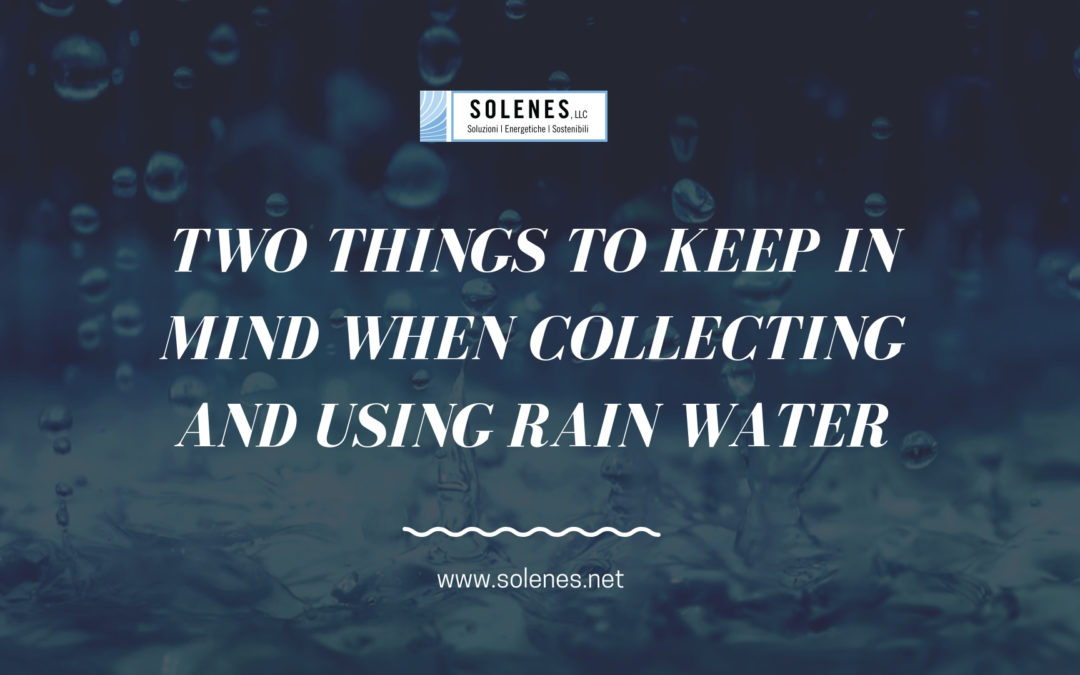Water is something that the human being has tried to harness for centuries. From the Nile River floods in ancient Egypt to the roman aqueducts to bring water from the mountains to Rome, humans have made the impossible to obtain the precious water.
In modern times, water is either collected in lake-reservoirs or through channels that divert the water from nearby rivers. Nevertheless, the times where large extensions of land are used to store water or transport them through long distances are getting hard to come by due to the costs of capturing and transporting the water through long distances or the impact on the surrounding landscape and environment.
In areas where there are no rivers, humans have dug wells to obtain water but many of those wells get saline intrusion due to over usage causing an environmental impact on the land and water around those wells. Another solution humans have performed is to collect rain water from the roofs. Typically this solution has the least environmental impact to obtain water.
Collecting rain water through the roofs has its challenges but the first step is not necessarily knowing how to collect the water but rather what is the intended usage of the water once collected. Special considerations need to be taken if the water is intended for human consumption than it is for irrigation or process purposes. If the intended usage is for irrigation, probably there is no need to treat this water and could be used as it was collected. If it is for processes that does not have any human consumption, then as well it could be used as it was collected. On the other hand, if it is intended for human consumption or for processes that may have human consumption, then the collected water needs to be treated.
Water has two main components, its chemical component and its microbiological component. Rain water is the purest stage it can get without human intervention. Nevertheless, rain also cleans the air by absorbing particles such as dust or any substance in that may be in the air from combustion processes that may form acids, thus acid rain. The other component is the microbiological component. This component is fairly easy to control but is an on going control unlike the chemical process.
The chemical component of the water such as particles and dissolved ions and solids could be treated by having a good water treatment system. Water samples need to be taken from the collected water to determine the appropriate filtration or treatment. Sophisticated system may include, ultrafiltration, reverse osmosis or other type of filtration systems. It will depend on the rain water quality.
On the microbiological side of the equation, the addition of an oxidizing agent such as chlorine has been used for years to treat water from the microbiological stand point. Chlorine is a good and low cost oxidizing agent but has its handling dangers. On the other side, ozone is another oxidizing agent but has a higher cost to produce.
There are other considerations on the rain water collection such as storage, distribution that would add to the project cost. It is not as simple as just collecting water.
In Solenes, we can help you design and build rain water collection systems that would fit your needs at the lowest cost. We provide enterprise solutions that are sustainable, achievable, and verifiable. Feel free to contact us and we would gladly help you in this journey.

